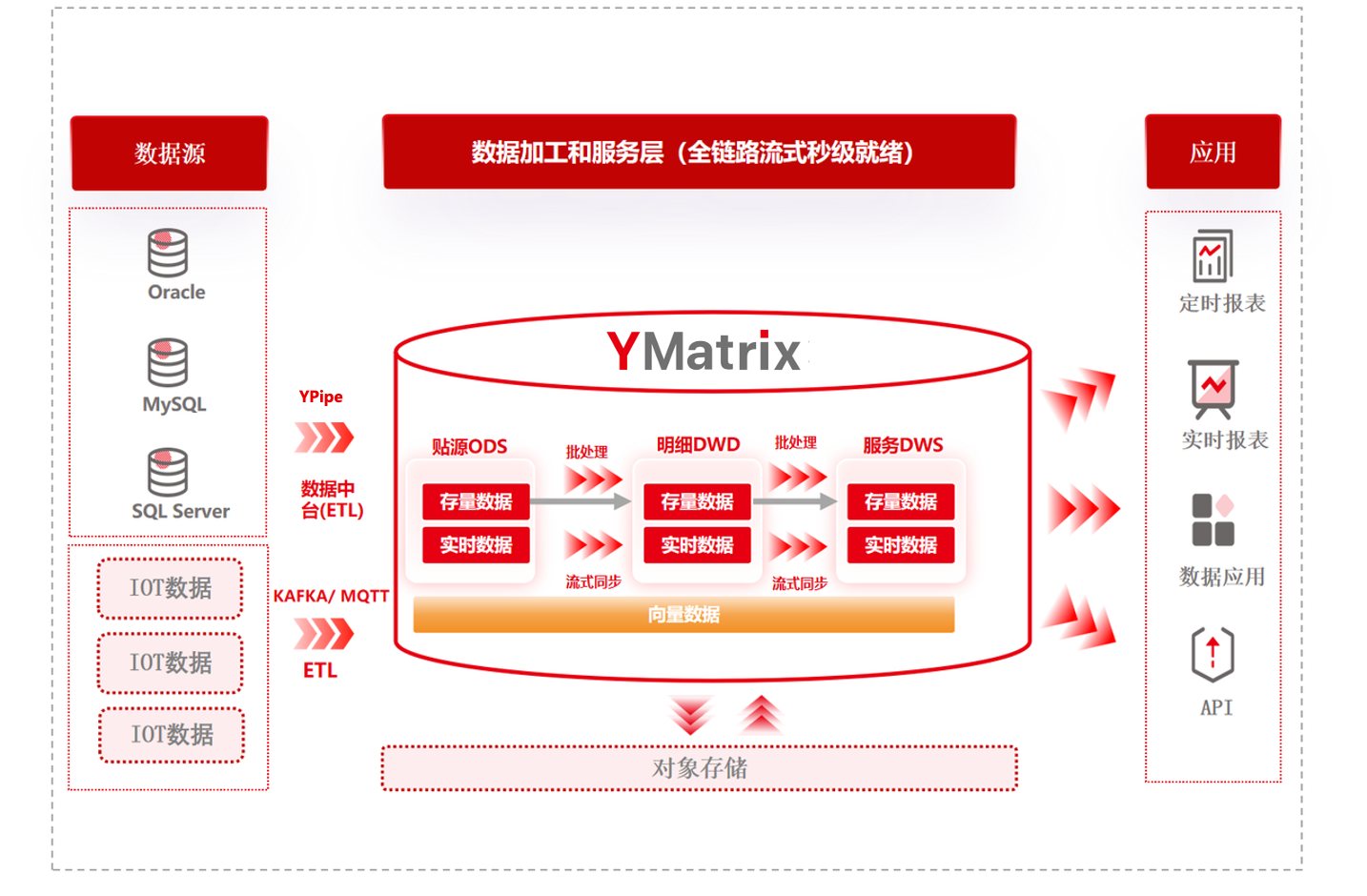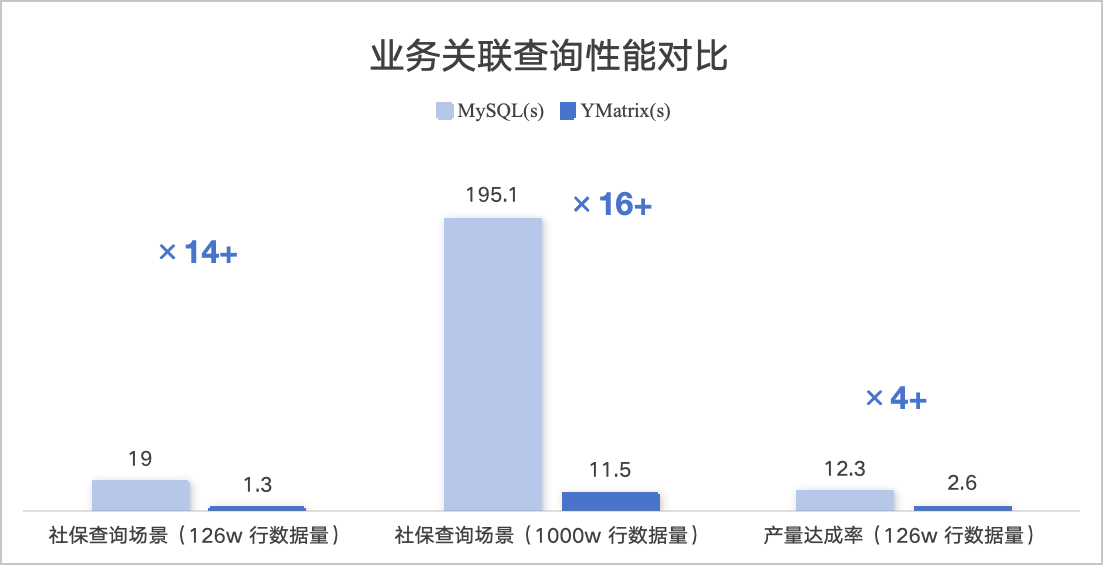A leading lithium-ecosystem enterprise engaged in lithium resource development, lithium salt deep processing, metallic lithium refining, and lithium battery manufacturing employs 14,000 people. Day-to-day management centers on KPIs such as output, energy consumption, social insurance participation rate, product pass rate, and workforce status.
To gain timely visibility into products and workforce metrics—and to enable business-driven decisions with refined operations—the company adopted YMatrix to build a high-ingest, high-performance enterprise reporting system. After migrating to YMatrix, both write and query performance improved dramatically, meeting the business requirements of the reporting platform.
Ganfeng Lithium (founded in 2000, headquartered in Xinyu, Jiangxi) is one of China’s largest suppliers of lithium compounds and the world’s third-largest producer. Its businesses span lithium resource development, lithium salt deep processing, metallic lithium refining, and lithium battery manufacturing, covering an end-to-end industrial chain across upstream, midstream, and downstream. Ganfeng’s resource footprint extends across multiple countries and regions, including Australia, Argentina, Mexico, and China’s Jiangxi and Qinghai.
As the group’s businesses expanded and matured, several key constraints emerged that limited growth and management efficiency:
Core systems—Finance (Yonyou NCC), Supply Chain, and HR—were built independently with inconsistent data standards and storage models.
Edge IoT devices generated production data that was siloed, preventing end-to-end monitoring of production and limiting data value realization.
The existing MySQL-based data-warehouse architecture could not sustain report queries at the tens-of-millions row scale.
End-to-end latency from source data processing to final report rendering took tens of minutes.
Build a unified group-wide data foundation on YMatrix to support transactional data storage and analytical querying, and to provide a reliable, stable data source for the upper-layer BIP platform. Unify data management across finance, supply chain, HR, and IoT scenarios. Leverage YMatrix’s horizontal scalability and vector-data capabilities to deliver comprehensive infrastructure support for business growth.

On the existing architecture (Oracle as the TP store and MySQL as the AP store), replace the MySQL warehouse with YMatrix to form Oracle (TP) + YMatrix (AP) and improve reporting performance.
Establish a five-layer data model: ODS, DWD, DIM, DWS, ADS.
Data ingestion: Use YPipe for real-time incremental replication from transactional systems.
Query acceleration: Rely on YMatrix’s MARS3 hybrid row/column storage engine and vectorized execution to enable high-throughput batch scans and computation. Performance gains become more pronounced as data scales, ensuring the platform can easily handle exponential data growth and provide strong reporting support for BIP applications.
Utilize YMatrix’s high-efficiency time-series ingest and MatrixGate for rapid IoT data writes.
Perform in-database processing and power IoT KPI reports for querying and visualization.
With Phases 1–2 running smoothly, write TP workloads from finance, HR, supply chain, and production directly into YMatrix.
Establish a unified TP + AP data foundation at the group level to achieve the final platform vision.
With YMatrix powering the enterprise reporting solution, the company achieved second-level (sub-minute) writes and high-performance queries for both product reports and employee social-insurance reports. At the million-row scale:
In addition, YMatrix’s real-time data synchronization enables real-time business reporting and analytics.
Looking ahead, YMatrix will continue to deepen collaboration, address industry pain points, and further unlock data value—delivering more benchmark applications, higher-efficiency big-data processing, and a more complete product-service experience, while expanding what’s possible in database applications.
Query Performance Comparison:
